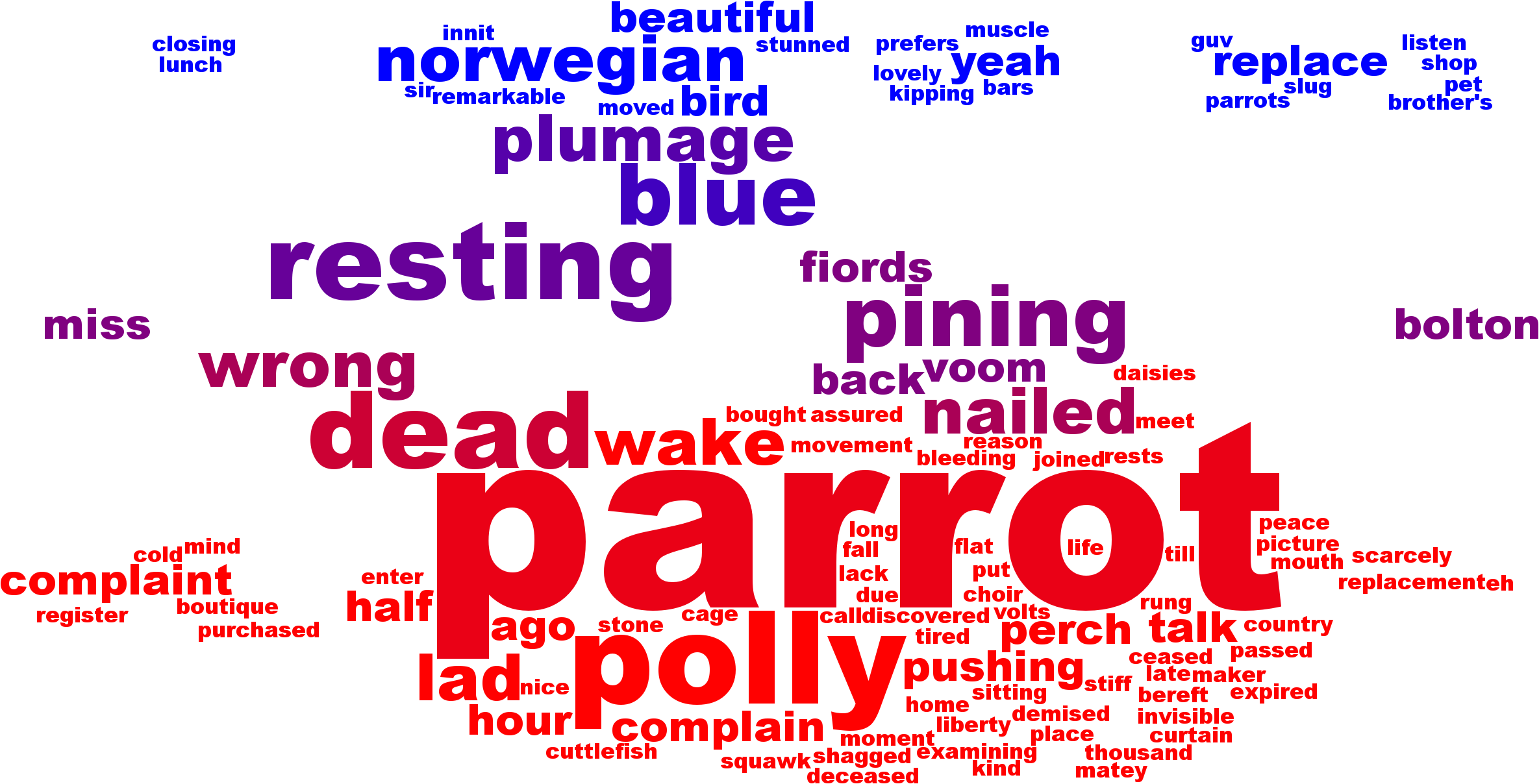 Strong dollar? Hahahahahahahahahahahaha….
Strong dollar? Hahahahahahahahahahahaha….
That is was the answer to a question I had this summer when I met with an unnamed Treasury official whose name might rhyme with Jimothy. The unnamed official nearly fell off his chair laughing when I said “So, does the US still have a strong dollar policy?” It was meant as a joke. I was sitting at Treasury with Yves Smith, John Lounsbury and a couple of other writers on Aug 16th, with the dollar at 82.5, down from 88.7 in May. I mentioned in my Aug 17th post that, based on my meeting at Treasury: “we’re certainly not going to be expecting a “strong dollar” policy.” At the time, I summed up the meeting for Members saying:
I would say that Geithner’s view of the economy is about the same as John Cleese’s view of the dead parrot: “This bird wouldn’t go “voom” if you put a million volts through it!” I agree, Krugman agrees, the Dallas Fed agrees, Bernanke agrees – this is a $15Tn, 300M person economy that is at a virtual standstill.
Unnamed Official makes the very good argument that we are like a business with debt but good cash flow and Global lenders are currently lining up to give us more cash (low TBill rates, low corporate borrowing cost, strong demand for bank capital raises). Why don’t we do what a normal business does and borrow money to expand?
Why indeed? And that is just what has been happening as the dollar has dropped another 7.8% in the 66 days since that meeting as we borrow our assets off while the Fed keeps things looking good buy sucking up whatever junk the Treasury decides to print. Kudos to Doug Kass for taking my “Inflation Nation” concept to the next level and coining the very apt phrase “Screwflation,” which he explains:
Screwflation, like its first cousin stagflation, is an expression of a period of slow and uneven economic growth, but, its potential inflationary consequences have an outsized impact on a specific group. The emergence of screwflation hurts just the group that you want to protect — namely, the middle class, a segment of the population that has already spent a decade experiencing an erosion in disposable income and a painful period (at least over the past several years) of lower stock and home prices. Importantly, quantitative easing is designed to lower real interest rates and, at the same time, raise inflation. A…




